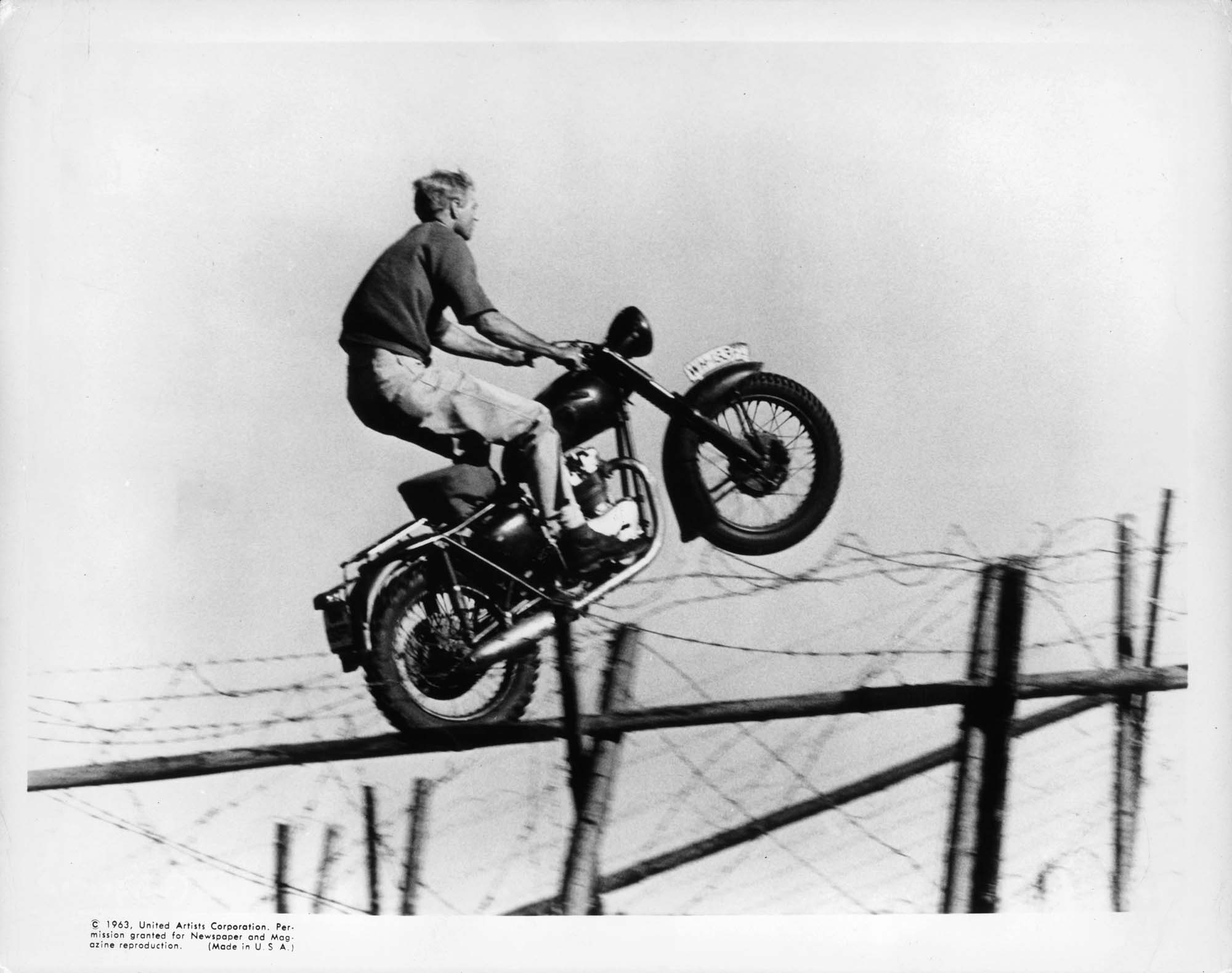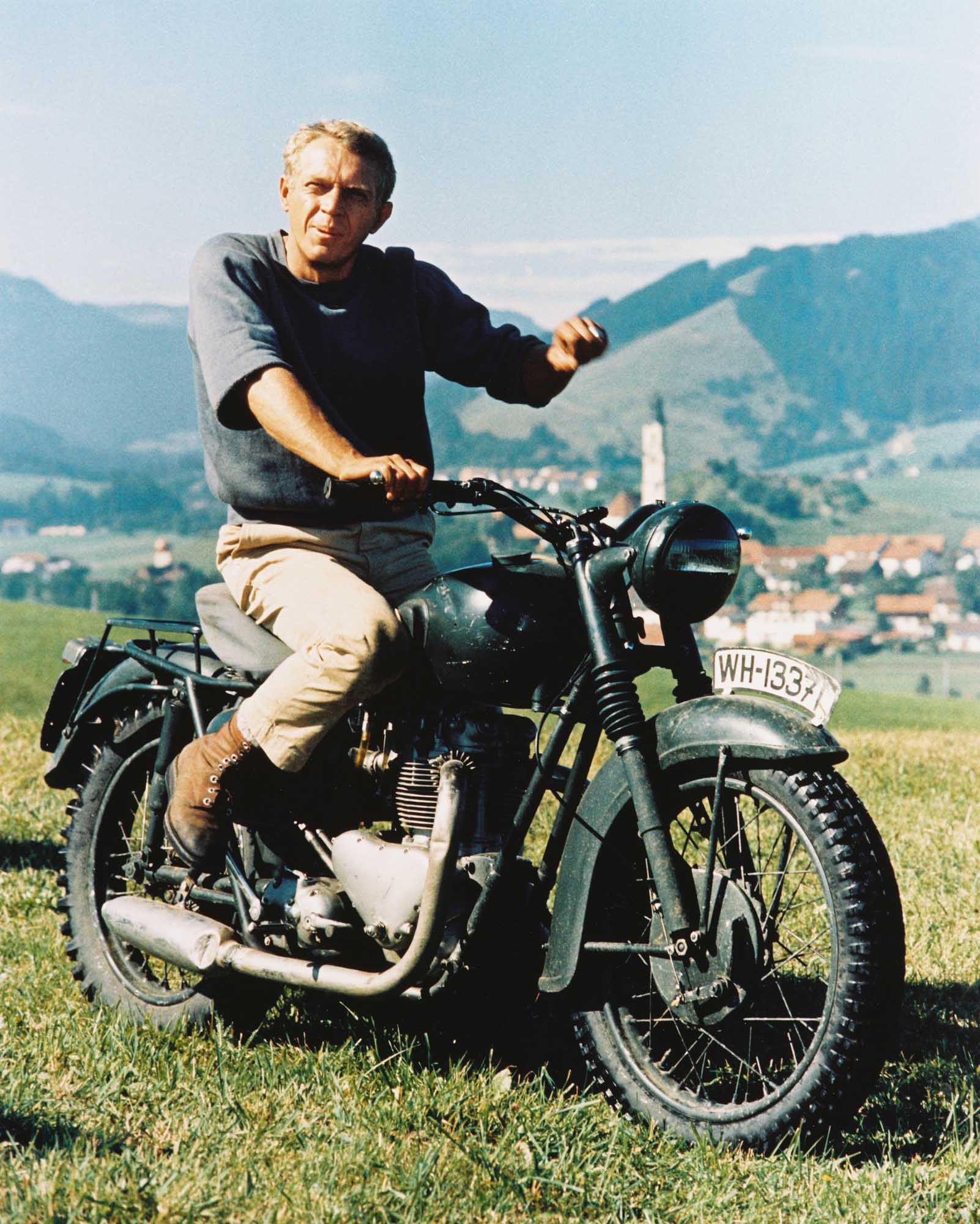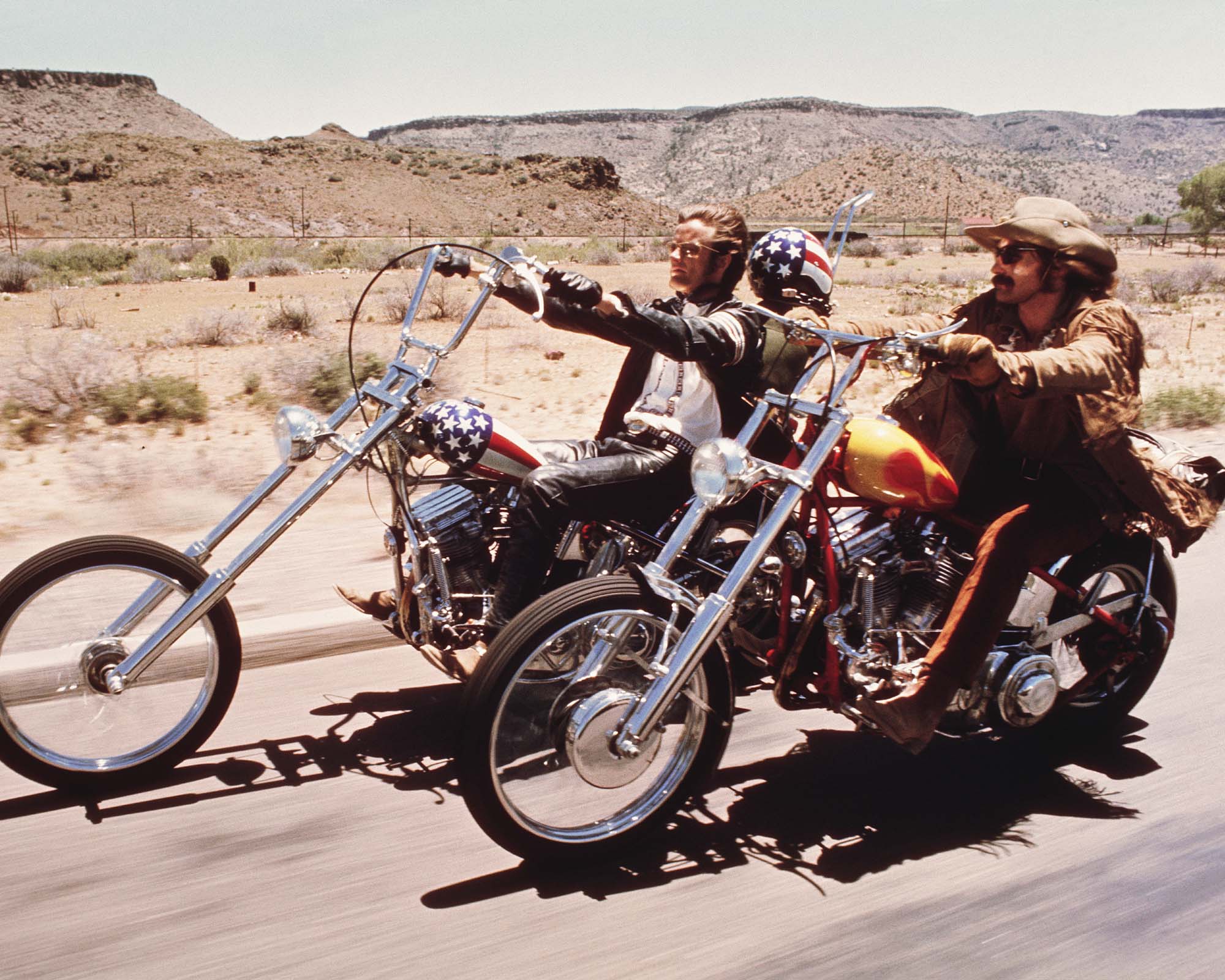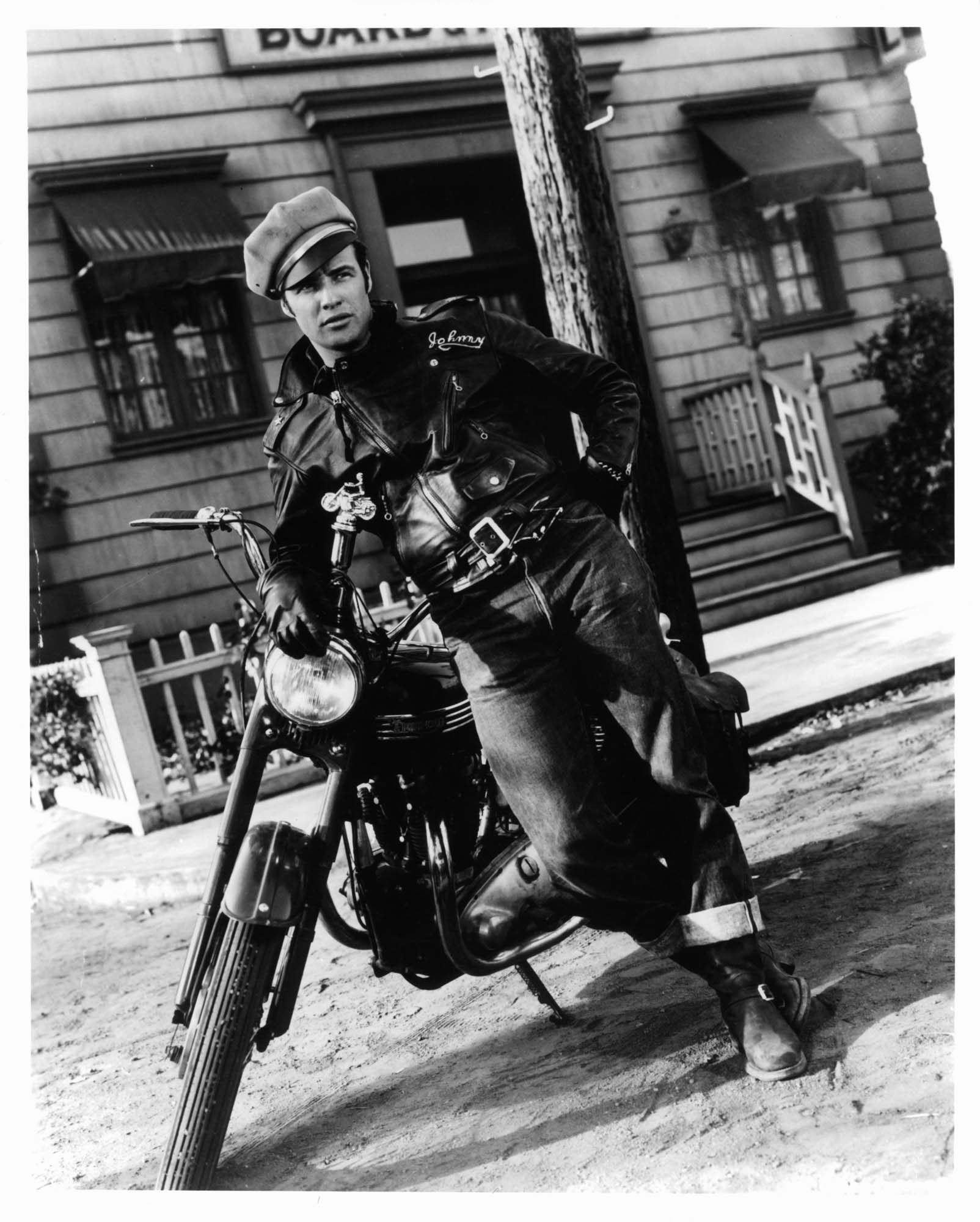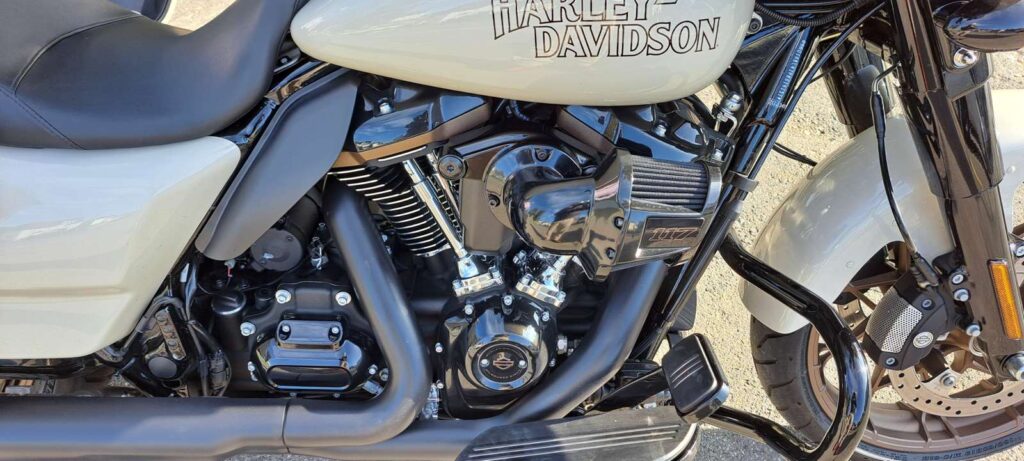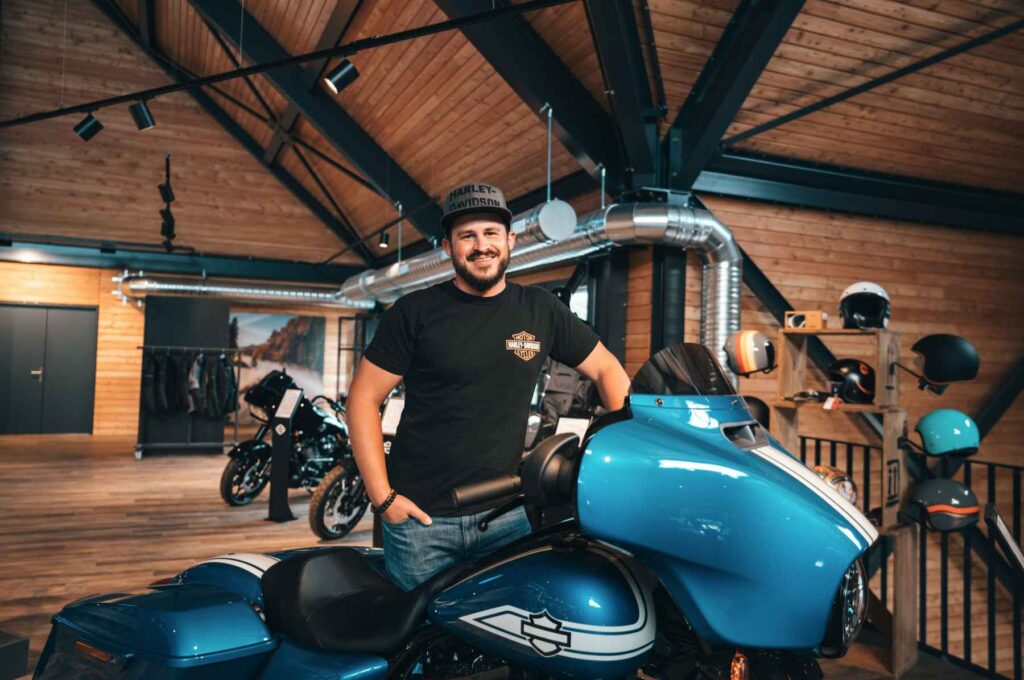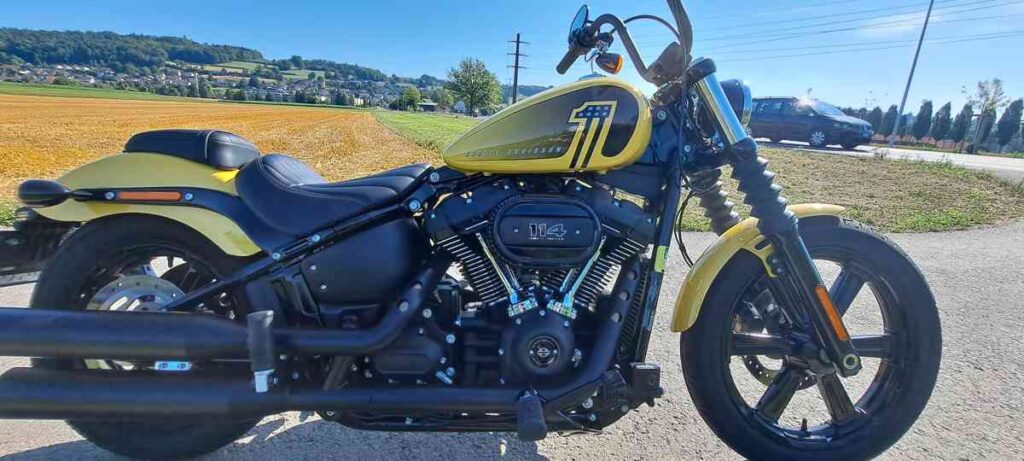Few things are as coveted in social life as individual freedom. Yet the various classes, generations and value communities clash time and again in the struggle for it. No other vehicle has embodied and embodied the concept of freedom in society as much as the motorcycle.
Long into the 80s and 90s, when I had already been riding my motorcycle for a few years, I kept encountering people and even good acquaintances with terms like "rocker" when I drove up on my motorcycle and showed up with my black leather motorcycle jacket. Very quickly one was put in a corner with criminals and labeled as dangerous. I never really understood why people did this, but in truth there was probably just a lot of fear and envy behind it, which showed itself in a vile way.
The world of the unfree
In a small bourgeois world consisting of countless social constraints and endless regulations, everyone is obviously jealous of the other's freedoms and rights. And everything that someone else has more of, especially freedom, is a reason for envy, hatred and agitation. Those who are different and belong to a minority and have a different lifestyle with different values than the majority of society are therefore discriminated and attacked. In their early days, motorcyclists were always a minority that stood for a good that should not belong to them, namely freedom.
Motorcycle, the symbol of freedom
The motorcycle is the epitome of freedom par excellence. As a motorcyclist, you don't feel bound to anything, you can get on and ride away, far away into the wide world and say goodbye to all constraints. Only the wind blows in your face, otherwise you are at peace with yourself and feel only one thing: endlessly free. This feeling is downright intoxicating. And this happiness can cause envy among the "motorcycle-less". The freedom of some and the envy of those who fear the struggle for freedom and therefore do not have it and must do without it, stands as the origin of social conflicts, which the motorcycle as a symbol of individual freedom has triggered. But the motorcycle also means at the same time lack of protection, greater risk and more danger. Nothing is built around you that would protect you in case of a fall or an accident. This danger is scary, not so much for the motorcyclists themselves, but for their relatives, the bystanders, society. Why do they do it, the small-minded wonder. There is therefore a tension from the ground up between absolute freedom and murderous danger when it comes to the motorcycle. No one knew better than the legendary Evel Knievel how to push this tension to the extreme in the sense of a thrill ride in a fascinating way with his daredevil motorcycle stunts and jumps that went around the world. Nothing shows more clearly that there are practically no limits for a motorcycle. This tension between threatening and disreputable danger and redeeming freedom will probably always remain with the motorcycle, which is probably what makes this two-wheeled companion so fascinating.
The savage
But freedom is not to be understood physically alone, no it is above all mental, psychological and ideological. All too quickly, the very ideology of freedom had to come into conflict with the morally strict society of the 40s, 50s and 60s. At that time, the motorcycle symbolized the escape from social constraints and the liberation from subordination to their values. All too quickly, therefore, motorcyclists were turned into criminal gang members and outlaws who threatened the social order and caused turmoil. Exemplary for this is the film "The Wild One" from 1953 with Marlon Brando in the leading role, which stands for the loss of youth against bourgeois constraints and the resulting conflict. It was made in reference to the riots that followed a 1947 motorcycle event in Hollister, California. The film was released in Germany in 1955, where it was sometimes blamed for the later "Halbstarken-Krawalle" (riots); in Great Britain, the film was even banned until 1968. The disreputable image of the motorcyclist and the motorcycle per se were socially shaped by such films. Like no other vehicle, the motorcycle brought to light this social tension that existed between generations, classes, cultures, mentalities and differences in values, and repeatedly brought this deep-seated, smoldering conflict to the surface.
Broken chains
One of the most beautiful cinematic examples of the motorcycle as a symbol of freedom is provided by the escape of the prisoner of war Captain Virgil Hilts, played by Steve McQueen, in the 1963 film "The Chains Broken", which deals with the mass escape from a German prisoner of war camp during World War II. The film is based on a true incident. After Captain Virgil Hilts (Steve McQueen) manages to break out with numerous other prisoners, he must, according to the plan, fend for himself. In the process, he manages to steal a motorcycle from the German Wehrmacht while escaping from Germany, and he uses it to make his escape towards the Swiss border. On his way to Switzerland, where he is saved, he freely crosses fields and meadows, freed from the constraints of the road, and sometimes daringly jumps over a Nazi border fence, although in the film his happy escape is to be denied him at the end. This scene has it all, the motorcycle is the saving angel here, lifting him through the air and allowing him to (almost) reach freedom. Steve McQueen, who himself was a freedom, speed and motorcycle fanatic, not only came to the location by motorcycle, but he played the escape scene on the bike itself. The motorcycle once again symbolizes how it paves the way for the fugitive from captivity to freedom.
Easy Rider
The rockers, by which are understood motorcycle-riding gangs and motorcyclists who organize themselves into motorcycle clubs, brought the motorcycle somewhat into disrepute. The members of individual clubs loved and lived freedom beyond the measure of social acceptance and came into conflict with the law. They wanted to do what they wanted, they wanted to be free. The catch in the story was that society very quickly began to lump all motorcyclists together and discriminate against them as criminals. The desire for freedom thus turned into a problem of acceptance of motorcyclists, which in the end led to the restriction of freedom. To this day, these prejudices have persisted in very conservative, moral and stuffy social circles. An excellent example of the bad reputation and social exclusion of motorcyclists in society and also the unfair treatment of this social group is provided by the 1969 film "Easy Rider" starring Peter Fonda and Dennis Hopper. The two heroes of the film, who are portrayed as drug-dealing hippies, want to roam the country freely and peacefully, but their values do not suit the conservative bourgeoisie. They are treated badly by the bourgeoisie, discriminated against, ostracized, persecuted, attacked and finally even cruelly killed, simply because they wanted to be free and different from what the conservative society wanted. The film is also based on a true incident: In the 60s, two motorcyclists were murdered for no reason in the southern states, simply because they were motorcyclists and did not fit into society's spit image. The motorcycle symbolizes the escape from the petty bourgeois world of values and the liberation from its constraints. It's not for nothing that Easy Rider is still an absolute cult film today.
Terminator II
And even in the recent past, a cinematic example can be conjured up. In this case, I'm talking about a car chase in the movie "Terminator II" starring Arnold Schwarzenegger. A modern robot travels back to the present from the future to save young John Connor, who was once supposed to be the savior of mankind in the future, from an even more modern Terminator who has also traveled to the present to kill him. In the scene, young Connor is fleeing on a small Enduro from the more modern Terminator, who is chasing him in a truck. The Terminator played by Arnold Schwarzenegger follows the two on a larger chopper, overtakes the truck with a daring maneuver, and rescues young John Connor from immediate mortal danger. The motorcyclist frees the supposed victim.
There are certainly other examples that could be cited without much effort, but these great films are impressive proof of the symbolism that has always been attributed to the motorcycle and what significance it has in society. The motorcycle is a symbol of freedom and this has not changed until today and that's a good thing.
